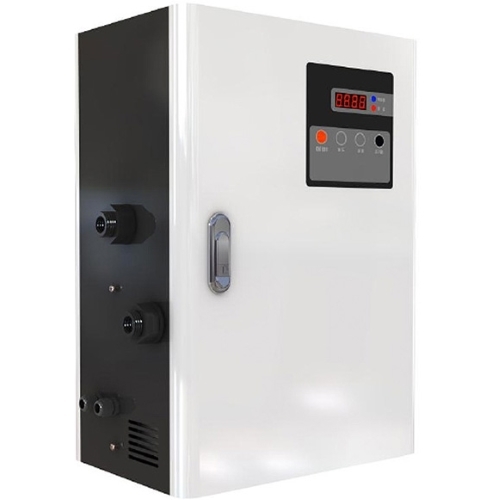Cattle
On-Site Generated Electrolyzed Water
& Water Treatment
& Water Treatment
- SANITATION
- WATER DISINFECTION

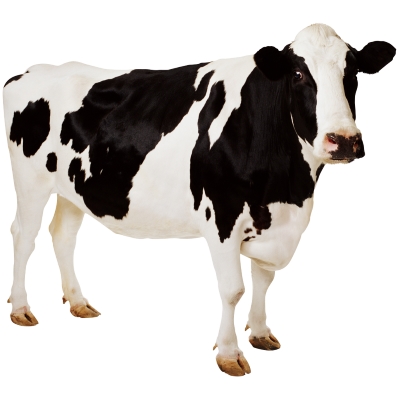
Electrolyzed Oxidizing Water is safe on animals and can be applied broadly to living environments to control colony counts of microbial pathogens.
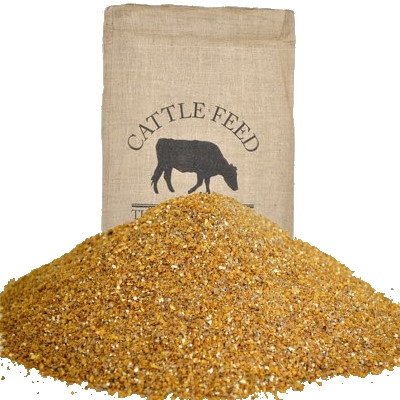
Electrolyzed Oxidizing Water can be applied routinely via misting to maintain sanitation of cattle feed.
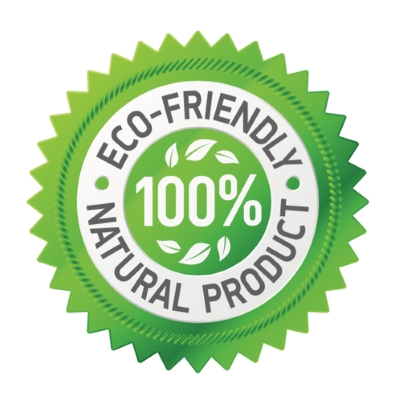
Electrolyzed Oxidizing Water is natural and eco-friendly. It is generated from table salt, water, and electricity.
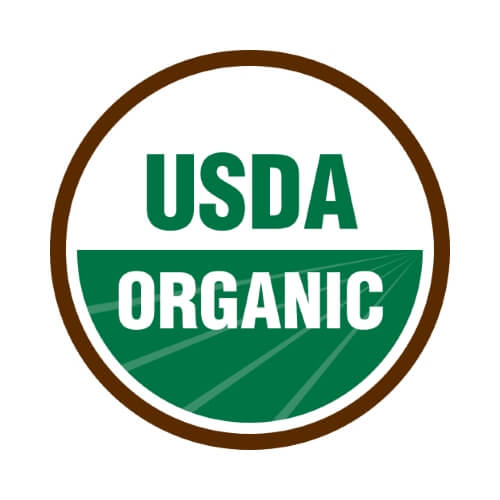
Electrolytically generated hypochlorous acid can safely be used on USDA organic products.
On-Site and On-Demand
EcoloxTech systems are compact and easy to install. Systems are designed to generate Electrolyzed Oxidizing Water on-site and on-demand from an additive made yourself with just table salt and water.
What is Electrolyzed Oxidizing Water?
Electrolyzed Oxidizing Water is electrolytically generated hypochlorous acid (HOCl), a neutral-to-acidic electrolyzed water. HOCl has been studied for over 100 years and it is an undeniable fact that it is a more powerful oxidant than chlorine bleach. Only within the last 30 years have we been able to generate solutions of near 100% HOCl in such a stable form. HOCl kills bacteria, bacterial spores, and viruses 100 times more effectively than chlorine bleach.
How does it work?
Electrolyzed Oxidizing Water is a powerful oxidant (800 to 1000 mV) that can kill microbial pathogens immediately upon contact by damaging cell walls or inactivate the pathogen by entering and disrupting proteins, lipids, and DNA.
Has it been researched?

In the last 30 years we have collected over 300 published research articles supporting the use of Electrolyzed Oxidizing Water. Nearly every common bacterial pathogen has been studied such as E. coli, Salmonella, Listeria, Vibrio, Staphylococcus, MRSA, spore forming bacteria, and many common viruses (including Norovirus) and fungi. To learn more please visit our research page and search by microbe or industry to find applicable research.
What about regulation from FDA, USDA, and EPA?
We have pages dedicated to the regulation of electrolyzed water as it pertains to the FDA, USDA, and EPA. Please visit our pages for more information. In regards to healthcare sanitation, see our page for the CDC.
Cattle Sanitation
Electrolyzed Oxidizing Water (EOW) is safe on animals and effective at reducing colony counts of microorganisms when cattle are kept in close quarters. Controlling E. coli, Salmonella, and Listeria contamination needs to begin at the farm. Appropriate cleaning and disinfection procedures are critical to breaking fecal-oral transmission cycles of microbial pathogens that contaminate housing, feeding, and equipment. EOW is electrolytically generated hypochlorous acid which is recognized by the FDA and USDA and a safe and suitable antimicrobial on meat. Hypochlorous acid is a powerful oxidant that is stable in solution and can be applied to living environments of cattle in many different ways. Being that it is eco-friendly and safe on animals, EOW can be distributed broadly using sprinklers, misters, or foggers. It can be applied using pressure sprayers to sanitize equipment and hard surfaces.

Not only is electrolyzed sanitation water safe and all-natural, but it is more effective than the chemicals currently being used.
- 100 times more biocidal than chlorine bleach
- Effective against G+ and G- bacteria
- Effective against spore-forming bacteria
- Effective against E. coli O157:H7, Salmonella, and Listeria.
- Effective against Cryptosporidium and Giardia that contaminate water
- No high temperatures are necessary
- Most effective between 50-86 ºF (10-30 ºC)
- Does not cause irritation, safe on eyes and skin
- No protective gear is required
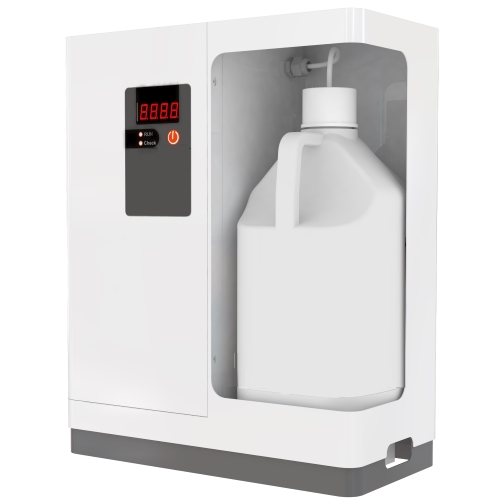
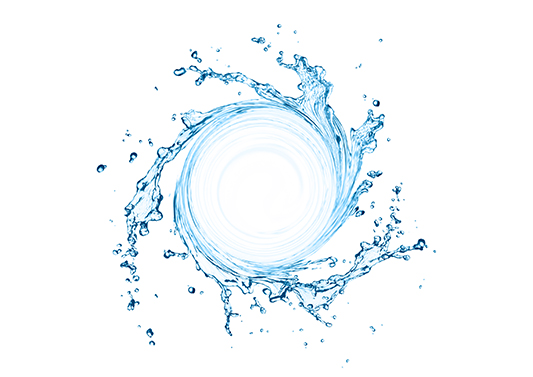
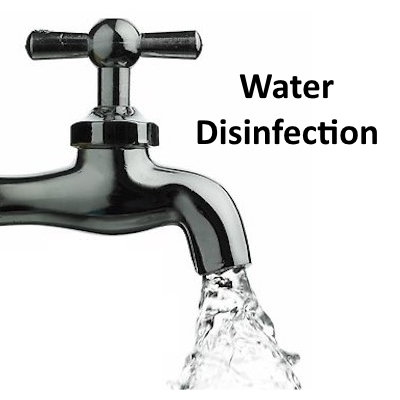
EcoloxTech electrolyzers generate hypochlorous acid, the most effective free chlorine molecule for disinfecting water
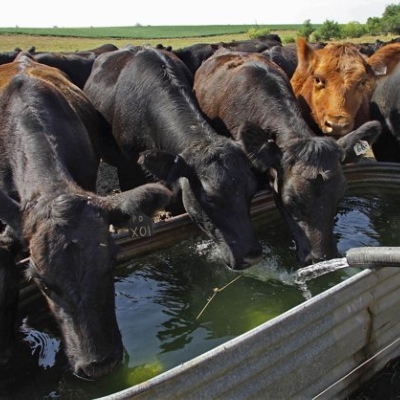
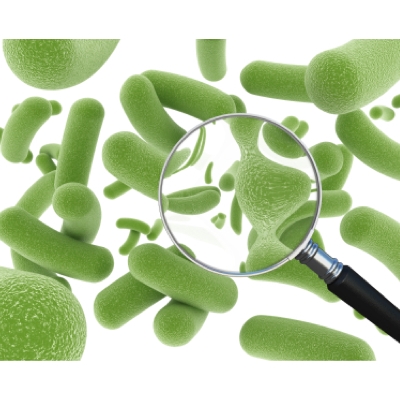
Sales/Quote Inquiries:
contact@ecoloxtechasian.com+84 909 169 889EcoloxTech Water Disinfection
The EcoloxTech 1200 Electrolyzer can disinfect water on-site and on-demand from just salt, water, and electricity.
How much water can it disinfect?
Each system can generate enough free available chlorine in the form of hypochlorous acid to disinfect 200 Liters of water per minute. The systems can be stacked to disinfect any volume of water
How does it work?
The EcoloxTech 1200 Electrolyzer generates a mixed oxidant solution primarily composed of hypochlorous acid (HOCl) but also other powerful oxidants such as ozone and chlorine dioxide. Hypochlorous acid is a powerful oxidant that is stable in solution that can kill microbial pathogens immediately upon contact by damaging cell walls and disrupting internal proteins, lipids, and DNA.
Has it been researched?

In the last 30 years we have collected over 300 published research articles supporting the use of Electrolyzed Oxidizing Water for disinfection. Nearly every common bacteria has been studied as well as viruses and fungi. To learn more please visit our research page and search by microbe to find applicable research.
What about EPA regulation?
Because electrolytically generated hypochlorous acid is a free chlorine molecule, it falls under the Safe Water Drinking Act (42 U.S.C. 300f et seq. 1974) which allows for a free chlorine concentration of up to 4 ppm.
Inactivating Microbial Contaminants
Water disinfection by electrochemical activation is not only more effective than conventional methods of water disinfection, but it is less expensive and environmentally friendly.
The conventional methods, which have seen extensive use over the last 100 years, include chlorine gas and chlorine solutions of sodium hypochlorite (bleach). Despite the vast amount of experience gained over the years, these methods have disadvantages, including the cost of the chemicals and the large investment required for protection and safety equipment.
Electrolyzed water composed of mixed oxidants and hypochlorous acid is 100 times more effective than sodium hypochlorite yet requires no protective gear or safety equipment and is non-toxic, non-irritant, and eco-friendly.
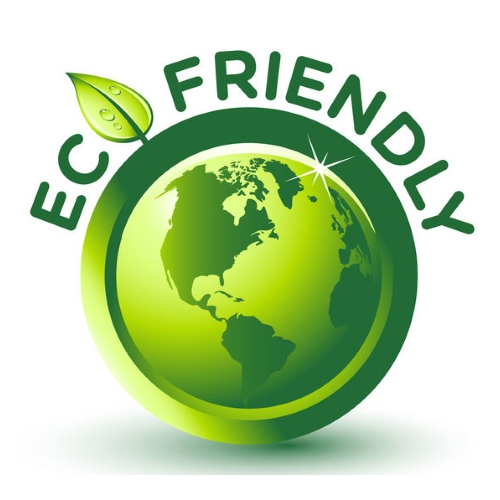
Electrolytically generated hypochlorous acid eliminates common microbial contaminants:
- Adenovirus
- Caliciviruses (including Norovirus)
- Campylobacter jejuni
- Enterovirus (including polioviruses, coxsakieviruses, and echoviruses)
- Escherichia coli (O157)
- Helicobacter pylori
- Hepatitis A
- Legionella pneumophilia
- Mycobacterium avium
- Salmonella enterica
- Shigella sonnei
